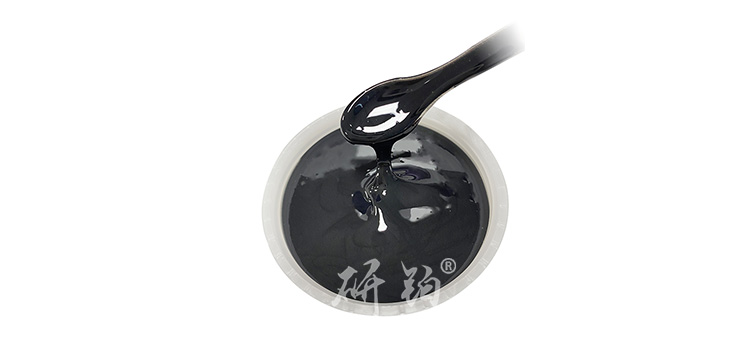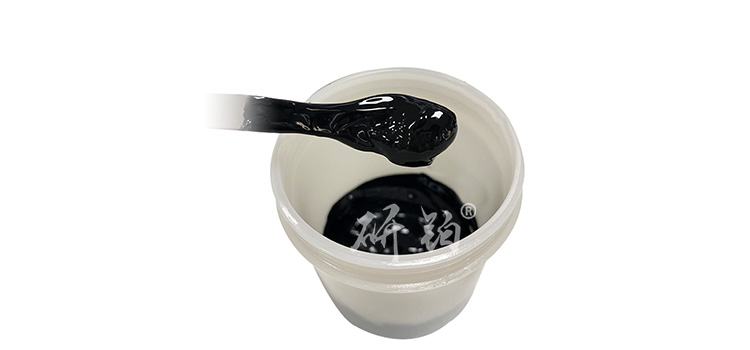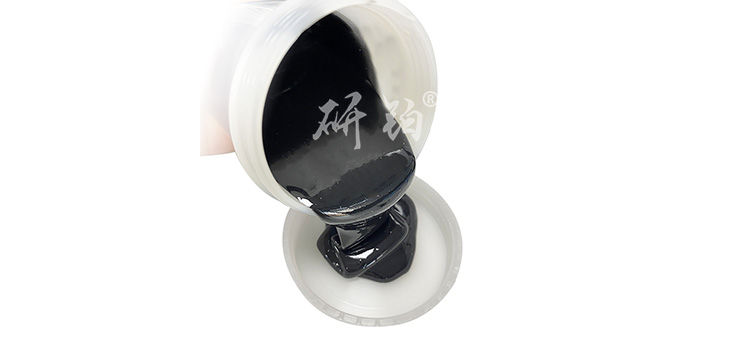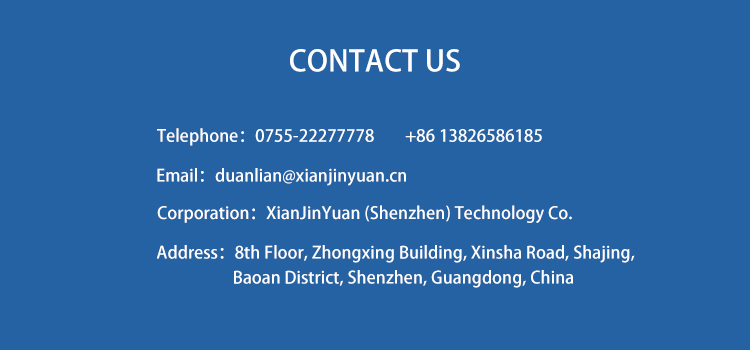1、 Introduction
Platinum electrode paste, as a key material in the electronics industry, has a wide range of applications in sensors, fuel cells, and other fields. Advanced Institute (Shenzhen) Technology Co., Ltd
Research Platinum Brand YB8201 Platinum Electrode SlurryDue to its excellent electrical properties and chemical stability, it has attracted much attention. However, in practical use, the problem of detachment after curing or sintering affects the full performance and quality reliability of the product. Therefore, in-depth research on technical methods to solve this problem has important practical significance.
2、 Analysis of the influencing factors of detachment problem
(1) Surface condition of the substrate
- Insufficient roughness: If the surface of the substrate is too smooth, the mechanical biting force between the slurry and the substrate is small, and it is prone to detachment when subjected to external forces or thermal stress. For example, coating YB8201 platinum electrode slurry on some precision polished metal substrates, due to its low roughness, makes it difficult for the slurry to firmly adhere.
- Insufficient cleanliness: Impurities such as oil stains, dust, and oxides on the surface of the substrate can hinder direct contact and chemical bonding between the slurry and the substrate, reducing adhesion. If the substrate is not thoroughly cleaned before coating the slurry in a poor production environment, residual impurities can cause the subsequent slurry to fall off.

(2) Characteristics of the slurry itself
- Adhesive performance:Research Platinum Brand YB8201 Platinum Electrode SlurryThe adhesive in the adhesive plays a crucial role in adhesion. If the heat resistance of the binder is poor, it will decompose or lose its viscosity during curing or sintering at high temperatures, causing the platinum particles to be unable to be firmly fixed on the substrate. For example, some common organic binders undergo carbonization at high temperatures, causing the slurry structure to loosen and subsequently detach.
- Composition ratio: Improper proportions of platinum powder, binder, and other additives can also cause detachment problems. If the platinum powder content is too high, the viscosity and flowability of the slurry will deteriorate, making it difficult to evenly coat and not tightly bonded to the substrate; Excessive adhesive may affect the conductivity and compactness of the slurry after sintering, and may also fail to provide sufficient adhesion due to excessive softening at high temperatures.
(3) Solidification sintering process
- Temperature control: Excessively high or low curing or sintering temperatures are not conducive to the adhesion of the slurry. Excessive temperature may lead to excessive sintering of the slurry, resulting in significant internal stress and causing the slurry to peel off from the substrate; If the temperature is too low, it may cause the slurry to not fully solidify or sinter, resulting in unstable internal structure and easy detachment. For example, for the YB8201 platinum electrode slurry of the research platinum brand, if the sintering temperature deviates from the optimal temperature range by more than 10 ℃, the risk of detachment will significantly increase.
- Heating rate: Excessive heating rate will cause the solvent in the slurry to evaporate rapidly, resulting in high vapor pressure and breaking through the bonding interface between the slurry and the substrate, causing detachment. At the same time, rapid heating may also prevent the adhesive from fully reacting and evenly distributing, affecting the adhesion effect.
3、 Technical measures to solve the problem of detachment
(1) Optimize the substrate treatment process
- Surface roughening: Using methods such as chemical etching, mechanical grinding, or sandblasting to increase the roughness of the substrate surface and improve the mechanical bonding between the slurry and the substrate. For example, for ceramic substrates, hydrofluoric acid can be used for appropriate etching to form microscopic concave convex structures on their surfacesResearch Platinum Brand YB8201 Platinum Electrode SlurryProvide better attachment sites.
- Strict cleaning procedure: Thoroughly clean the substrate before applying the slurry. Organic solvent cleaning can be used sequentially to remove oil stains, acid cleaning to remove oxides, deionized water rinsing to remove residual impurities, and finally drying treatment can be carried out to ensure that the substrate surface is clean and free of pollution, creating conditions for good adhesion of the slurry.

(2) Improve the slurry formula
- Adhesive selection and optimization: Develop new high-temperature resistant and high-strength adhesives, or modify existing adhesives. For example, by introducing inorganic high-temperature resistant components into organic binders, the overall heat resistance and adhesion of the binder can be improved, enabling it to better fix platinum powder on the substrate during curing and sintering processes, and enhancing the adhesion of the YB8201 platinum electrode slurry.
- Accurate proportion of ingredients: Through extensive experimental research, the optimal ratio of platinum powder, binder, and additives in the YB8201 platinum electrode slurry of Yanbo brand has been determined to balance conductivity, adhesion, and sintering performance. For example, while ensuring good conductivity of the slurry, increasing the proportion of binder appropriately and optimizing its dispersion process can ensure uniform mixing of various components and improve the comprehensive performance of the slurry.
(3) Accurate control of solidification sintering process
- Accurate temperature control: high-precision temperature control equipment, such as programmable vacuum sintering furnaces, is used to ensure temperature uniformity and accuracy during the curing or sintering process, controlling temperature fluctuations within a very small range and strictly followingResearch Platinum Brand YB8201 Platinum Electrode SlurryOperate at the optimal process temperature to avoid detachment issues caused by temperature runaway.
- Reasonably set the heating rate: Based on the solvent content of the slurry and the characteristics of the binder, develop a reasonable heating curve. During the solvent evaporation stage, a slow heating method is used, such as heating at a rate of 1-2 ℃/min, to ensure smooth evaporation of the solvent; During the solidification of the binder and sintering of platinum powder, according to the reaction kinetics of the material, the heating rate should be appropriately increased to 3-5 ℃/min to ensure that all components fully react and bond, reduce the generation of internal stress, and improve the adhesion between the slurry and the substrate.

(4) Strengthen quality inspection and feedback
- Adhesion testing: Establish a comprehensive adhesion testing standard and method, and conduct adhesion testing on each batch of cured or sintered YB8201 platinum electrode slurry samples. Various methods such as tape peeling and tensile testing can be used to ensure that the adhesion of the product meets quality requirements. For products with substandard adhesion, promptly trace the production process, identify the root cause of the problem, and carry out rectification.
- Microstructure analysis: Advanced equipment such as scanning electron microscopy (SEM) and atomic force microscopy (AFM) are used to regularly analyze the microstructure of the slurry, observing the distribution of platinum particles, the bonding interface with the substrate, and the presence of defects such as cracks and pores. This allows for a microscopic understanding of the adhesion of the slurry, providing intuitive data support for process optimization and formulation improvement, and forming a virtuous feedback loop between quality inspection and production process improvement.
4、 Conclusion
Through the review of Advanced Institute (Shenzhen) Technology Co., Ltd
Research Platinum Brand YB8201 Platinum Electrode SlurryWe have proposed a series of targeted technical measures to address the issue of detachment after solidification or sintering, including optimizing substrate treatment, improving slurry formulation, precise control of process parameters, and strengthening quality inspection. These measures are interrelated and synergistic, which can effectively improve the adhesion and stability of platinum electrode paste, reduce the risk of detachment, and provide strong guarantees for its wide application in the field of electronic devices. In the actual production process, it is necessary to continuously pay attention to and optimize these technical links, continuously improve product quality and performance, to meet the growing market demand and technological development requirements, and promote the technological progress and innovative development of platinum electrode slurry and related industries.
The above data is for reference only, and specific performance may vary due to production processes and product specifications.




